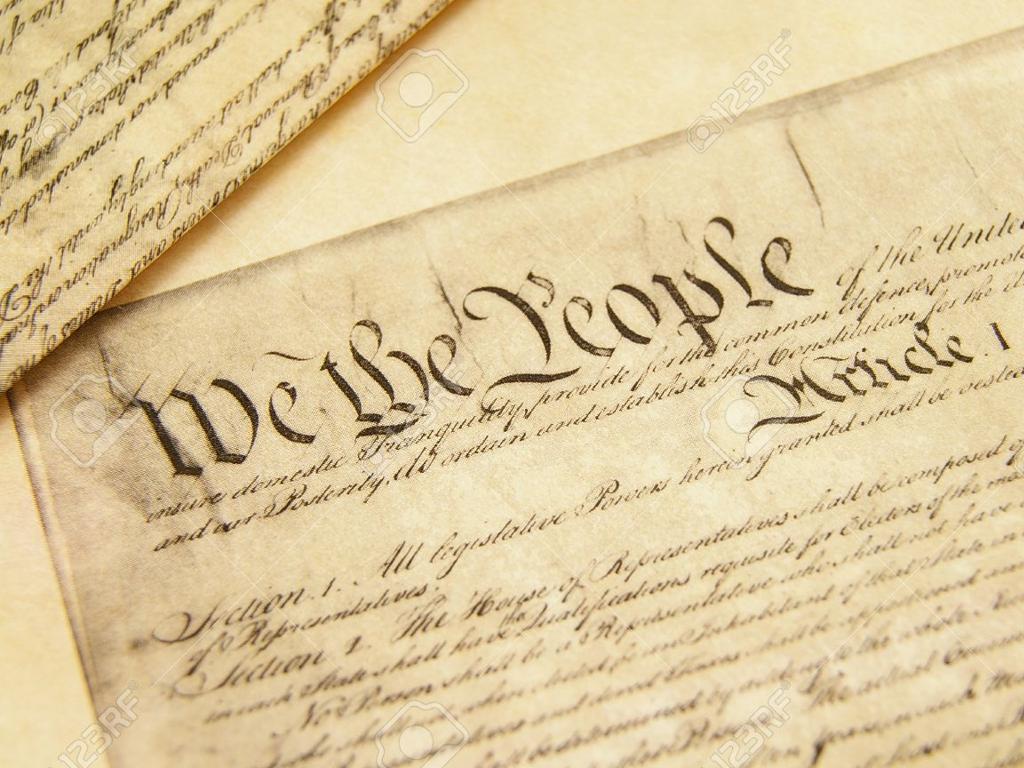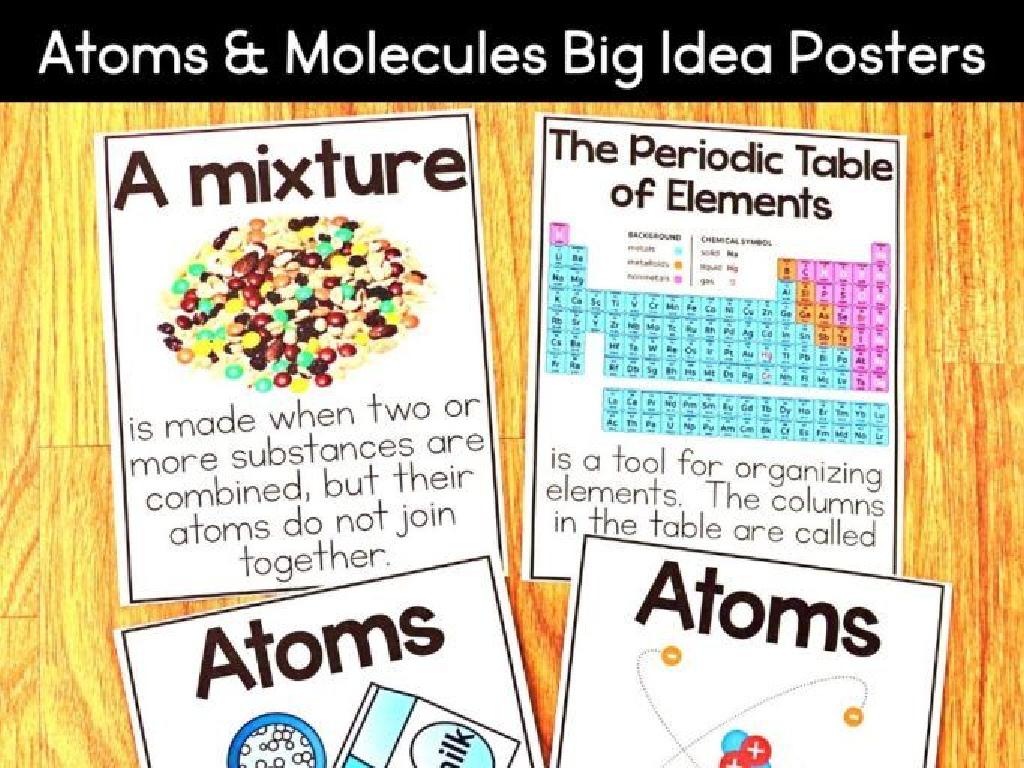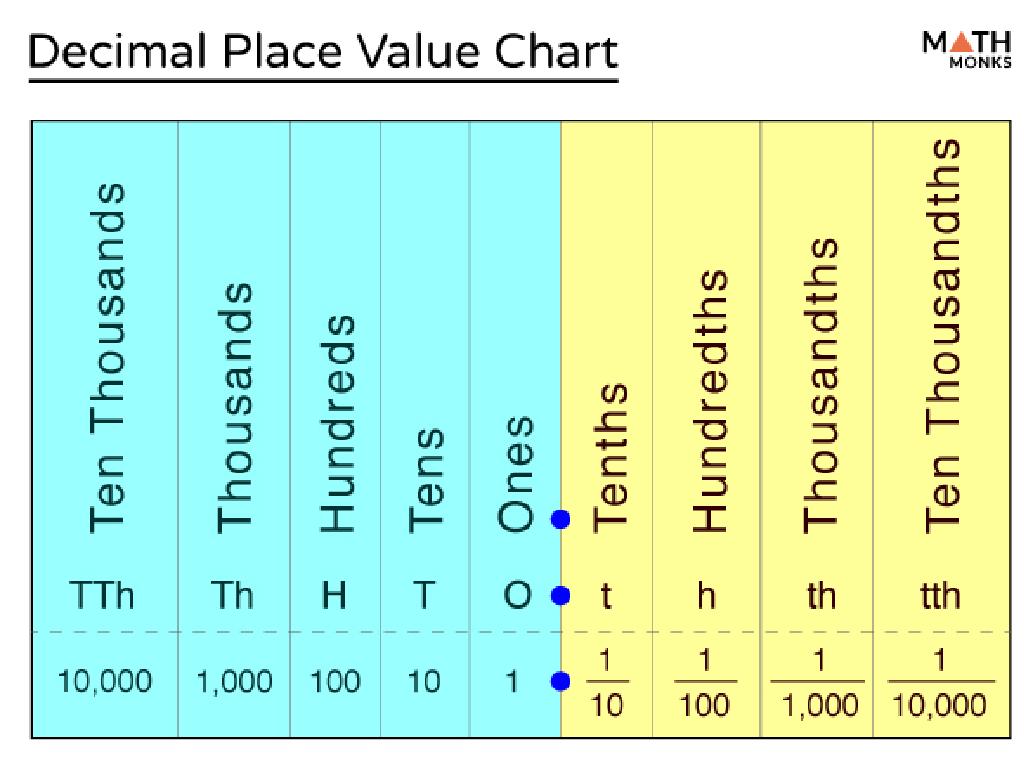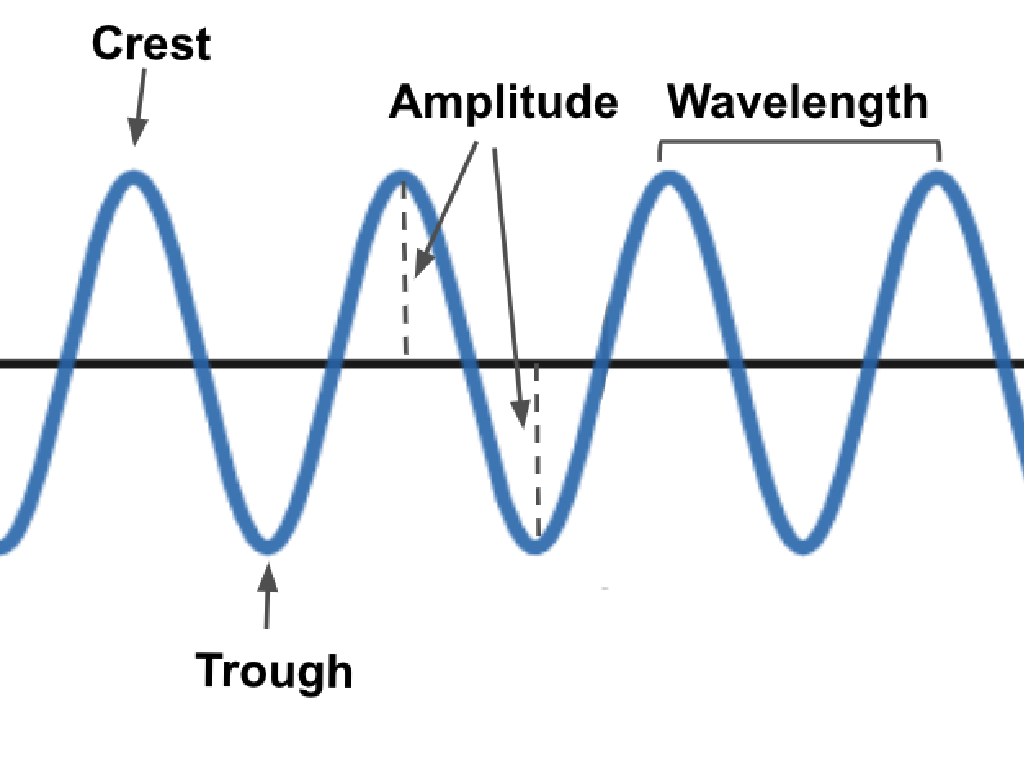Convert Between Tens And Ones - Multiples Of Ten
Subject: Math
Grade: First grade
Topic: Place Value
Summary: This engaging first-grade math presentation introduces place value by exploring how tens and ones form numbers, using relatable examples like blocks and crayons. Students learn to convert between tens and ones, practice grouping objects, and build numbers collaboratively. Through hands-on activities and interactive games, children develop a strong understanding of multiples of ten and the foundational principles of our number system, supporting future math success.
Please LOG IN to download the presentation. Access is available to registered users only.
View More Content
Welcome to Place Value!
– Learning about tens and ones
– Tens are groups of ten ones, like a bundle of sticks
– How numbers are formed
– Ones are single units, like individual sticks
– Numbers are like building blocks
– Imagine stacking blocks to make different numbers
– Exciting numbers game later
|
This slide introduces the concept of place value, focusing on tens and ones, to first graders. Start by explaining that numbers are made up of tens and ones. Use physical objects like sticks or blocks to visually demonstrate how ten ones can be grouped together to form a ‘ten’. Show how individual ones are just single units. Emphasize that numbers are built by combining these tens and ones, much like building with blocks. Conclude with the promise of a fun game to reinforce the concept, which will engage the students and provide hands-on practice. The game could involve grouping items into tens and ones, or assembling numbers with digit cards.
Understanding Tens and Ones
– Every number has tens and ones
– Like building blocks, numbers are built with tens and ones
– Tens are bundles of ten items
– Think of tens as packs of crayons, each pack has 10 crayons
– Ones are just single items
– Single crayons are ones, not in any pack
|
This slide introduces the foundational concept of place value, focusing on tens and ones. Explain that numbers are made up of tens and ones just like a tower is made of blocks. Use tangible examples like packs of crayons to illustrate tens, where each pack represents a group of ten. For ones, use single crayons to show that they stand alone, not grouped in tens. This visual analogy helps students grasp the concept of grouping in tens and the significance of single units. Encourage students to practice by grouping items into tens and counting the leftovers as ones to reinforce the concept.
Counting with Tens and Ones
– Counting items using tens and ones
– 10 items make 1 ten
For example, 10 pencils equal 1 group of ten.
– Items less than 10 are ones
9 candies are not enough to make a ten, so we count them as 9 ones.
– Practice with real objects
Use items like blocks or beads to count in tens and ones.
|
This slide introduces the concept of place value by counting with tens and ones. It’s crucial for first graders to understand that a group of ten items can be bundled together to form one ‘ten’, and any group with less than ten items is counted as ‘ones’. Use physical objects like pencils or candies to demonstrate this concept, as tangible examples will help them grasp the idea more effectively. During the lesson, engage the students in hands-on activities where they can practice grouping items into tens and counting any leftovers as ones. This will solidify their understanding of the base-ten system and prepare them for more complex place value concepts.
Building Numbers with Tens and Ones
– Build numbers using tens and ones
– 10 tens equal 100
– Like stacking 10 groups of ten blocks to make 100
– 5 tens and 3 ones make 53
– Combine 5 groups of ten and 3 single blocks for 53
– Practice with different numbers
– Try using blocks to make 20, 40, or 60
|
This slide introduces the concept of place value and how to build numbers using tens and ones, which is fundamental in understanding the base-ten system. Start by explaining that numbers are made up of tens and ones. Use physical objects like blocks or counters to demonstrate how 10 groups of ten items each can be combined to make 100. Similarly, show that 5 groups of ten items plus 3 individual items make 53. Encourage students to practice with different numbers, using manipulatives to build a concrete understanding of the concept. This hands-on activity will help them visualize and better grasp how larger numbers are constructed from tens and ones.
Converting Tens to Ones
– 1 ten equals 10 ones
– Let’s convert 2 tens
– 2 tens is like having 2 groups of 10
– 2 tens equal 20 ones
– If we have 2 groups of 10, that’s 20 items in total!
– Understanding place value
– Place value helps us see numbers as groups of tens and ones
|
This slide introduces the concept of converting tens to ones, which is a fundamental aspect of understanding place value. Start by explaining that a ‘ten’ is a bundle of 10 ‘ones’. Show them visually, if possible, with objects or drawings. Then, move on to converting 2 tens into ones by showing that 2 tens are just two groups of 10, which makes 20 ones. Emphasize that this is not changing the value, just the way we’re looking at the number. Use hands-on activities with physical objects like blocks or counters to reinforce this concept, allowing students to group and count items in tens and ones.
Converting Ones to Tens
– 10 ones make 1 ten
– Let’s convert 30 ones
– If we have 30 ones, how many tens is that?
– 30 ones equal 3 tens
– Just like 30 single crayons can be grouped into 3 boxes of 10 crayons each!
|
This slide introduces the concept of converting ones to tens, which is a fundamental aspect of understanding place value. Start by explaining that just like 10 single items can be grouped together to make a ‘ten’, in math, we can do the same with numbers. Use physical objects like blocks or crayons to visually demonstrate this concept, grouping them into sets of ten. For the activity, guide the students to convert 30 ones into tens by grouping. Ask them to visualize or use manipulatives to group 30 individual items into sets of ten, reinforcing the concept that 30 ones are the same as 3 tens. This hands-on activity will help solidify their understanding of place value and the relationship between ones and tens.
Practice Time: Tens and Ones
– Convert 4 tens to ones
– 4 tens is the same as 40 ones!
– Convert 40 ones to tens
– 40 ones can be grouped into 4 tens!
|
This slide is an interactive practice activity for students to understand the concept of place value, specifically converting between tens and ones. Start by explaining that ‘tens’ and ‘ones’ are units of measurement in math, just like ‘inches’ and ‘feet’ are units of measurement for length. Use physical objects like blocks or counters to visually demonstrate the grouping of ones into tens and vice versa. For example, show 4 groups of 10 blocks to represent 4 tens and then count them individually to show they make 40 ones. Then, reverse the process by starting with 40 individual blocks and grouping them into sets of 10 to find how many tens there are. Encourage students to use their fingers or draw pictures to visualize the conversion. After the activity, discuss as a class and correct any misunderstandings.
Class Activity: Building Numbers with Blocks
– Build numbers using blocks
– Pair up for number creation
– Discuss tens and ones used
How many ‘tens’ blocks and ‘ones’ blocks make up your number?
– Share findings with class
|
This activity is designed to help students visualize and understand the concept of tens and ones, which are the building blocks of our number system. Provide students with physical blocks where each ‘tens’ block represents ten units and each ‘ones’ block represents a single unit. Instruct them to work in pairs to create different numbers using these blocks. After building a number, they should discuss and write down how many tens and ones they used. Possible activities: 1) Building the highest number possible, 2) Creating a number and then adding ten more, 3) Making a number and then taking away ten, 4) Building a number and then breaking it down into tens and ones.
Understanding Tens and Ones
– Tens are groups of ten
– Ones are single units
– Build numbers using tens and ones
– Like building blocks, put tens and ones together to make a number
– Practice makes perfect
– Keep practicing with different numbers to get better
|
Congratulations to the class for learning about the place value of tens and ones! Reinforce the concept that ‘tens’ are like bundles of ten items, and ‘ones’ are just single items. Emphasize that any number can be constructed using a combination of tens and ones, much like building with blocks. Encourage the students to continue practicing with different numbers to strengthen their understanding. For example, the number 23 is made of 2 tens (which is 20) and 3 ones. As a follow-up activity, students can work with manipulatives to create various numbers using groups of tens and individual ones to solidify their grasp of the concept.





